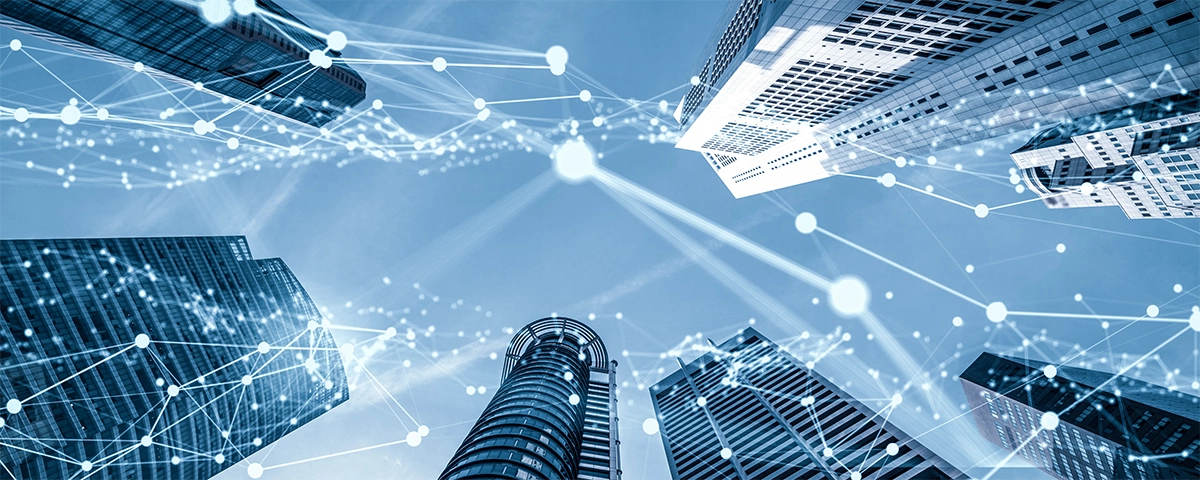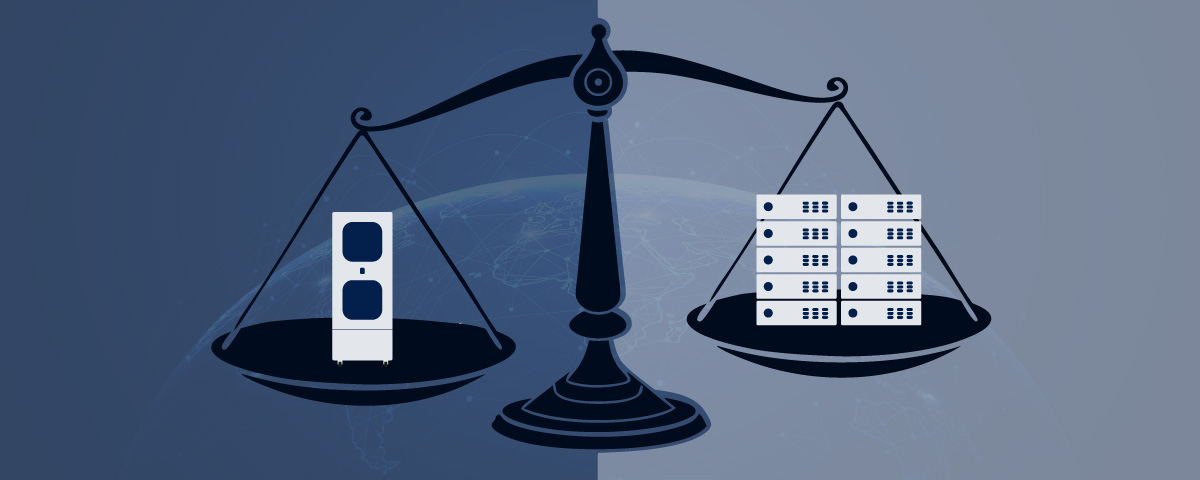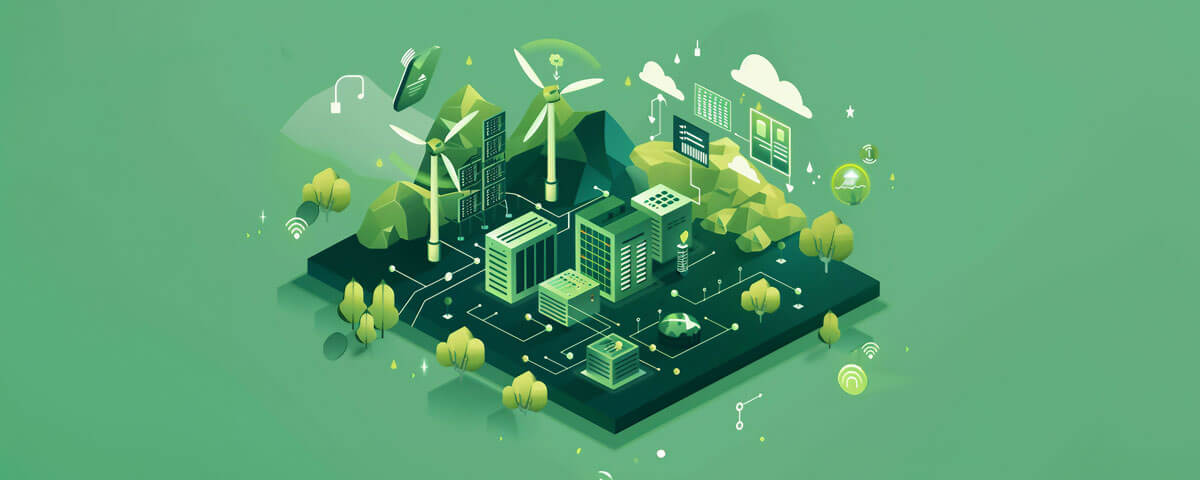The powerful combination of Micro Data Centres (MDCs) and Edge Computing is set to impact every level of society – including that of local, national and global government. The reason for this boils down to one important fact: data collection.
The IoT (Internet of Things) is already generating huge amounts of data. This information is hugely valuable and pretty much every government department can benefit from this. From our reliance on smart devices through to infrastructure elements, the ability to collate, analyse and act upon such information in real-time is already a reality in many sectors.
A quick overview on edge computing and MDCs
At its most basic, an MDC is a small, independent data centre that can be located close to where data is generated. For example, close to video cameras that are monitoring a busy junction. In other words, the MDC is right at the ‘edge’ of what is happening.
The advantages of this are many:
- The data doesn’t have to travel large distances
- Crucial information can be acted upon in real-time
- The MDC can filter out unnecessary data and only transmit what’s necessary to larger data centres along the network or to the cloud
All of this means that any lag (known as latency) in data transfer is removed – something that’s vital for truly instant operation – plus it frees up the more traditional storage resources and reduces strain on the network.
Another advantage of MDCs is that they’re wholly scalable, meaning that if and when more capacity is needed, it’s easy to add extra capacity.
While this is a very simplistic overview of the technology, it provides a good understanding of the art of the possible. With that in mind, let’s take a look at how the technology is likely to be used in governmental planning, as well as day-to-day management.
The IoT gateway and Government use
The potential of having multiple IoT gateways on the edge is tremendous. While there’s a great deal of complexity to be navigated, various departments around the world have already begun investing in Edge infrastructures – albeit only tentatively, for many.
True Edge computing brings about many possibilities, with some examples including:
- Traffic management: Real-time data generated about traffic flow can be used to moderate a variety of congestion measures. Phasing traffic lights, opening lanes on smart motorways, closing areas in response to accidents, regulating speed limits … These are just some of the measures that can be taken if the data is immediate and can be acted upon.

- Contingency management: Edge devices can respond instantly in the case of a disaster. Floods, earthquakes, tsunamis, storms and other natural phenomena require immediate actions, such as shutting off gas supplies, preventing people from using elevators, sounding warnings, closing off water valves … The potential is enormous and could play a huge part in reducing damage and the cost to human life.
- Smart city management: As we move closer to such a nirvana, so governments can utilise technology to monitor and control many aspects. This could include automatic heating control on government-run buildings, increasing data availability for users during times of high requirement or running a city-wide fleet of self-driving taxis. As the technology required for such things becomes closer to reality, so we can expect to see more and more smart city elements coming to life.
Of course, many of these examples require highly sophisticated tech to be in general use. Artificial Intelligence (AI) and machine-learning needs to advance and become more mainstream. However, make no mistake about how far forward we already are, even if the reality of wholly smart cities is still some way in the future.
Government has historically been a slow adopter of new technology, with Edge computing they’re likely to be no different. Cost is, naturally, a significant factor, with tight budgets a driving factor that often leads to slow uptake of new technology. But the seed is already sown, with many around the world already looking at how they can take advantage and streamline operations across a wide variety of government-run facilities.
Industry is already investing heavily in such technology. It’s only a matter of time before governments catch up.
Micro Data Centres don’t only have a role to play in government and big business, they’re also already being taken advantage of by smaller companies and those in remote locations. Thanks to independent operation, scalability and negating the need for expensive and complex on-site data storage rooms, the use of MDCs for every size company is becoming commonplace.
Find out more about our products, or get in touch if you have any questions.






